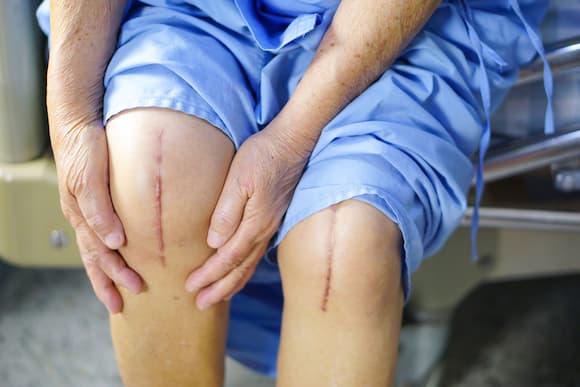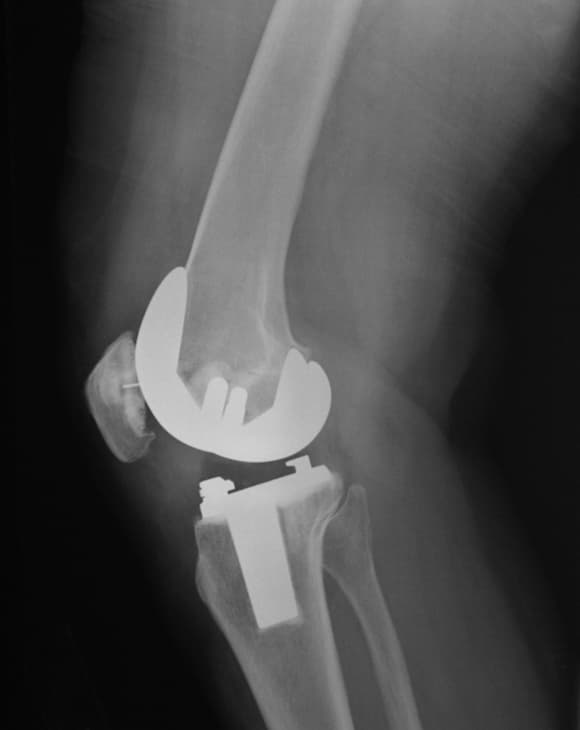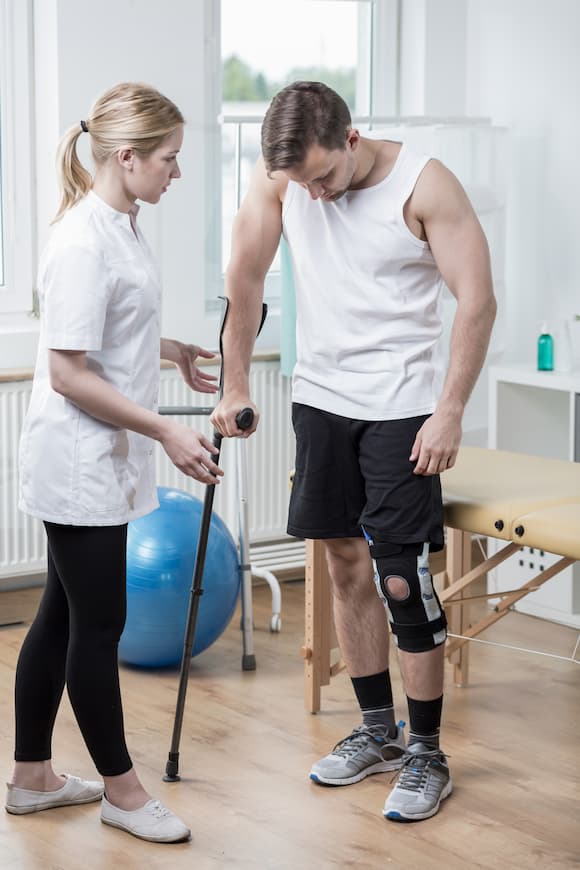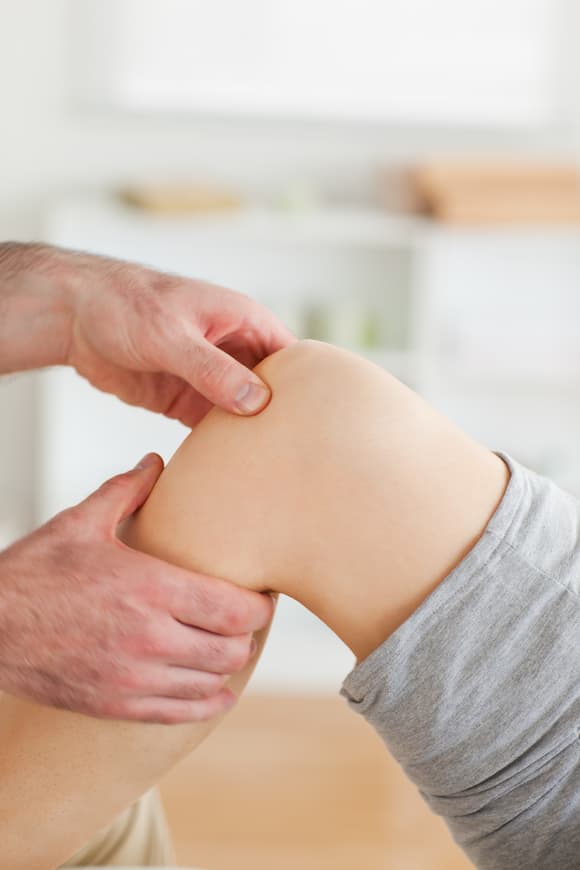Joint replacement physical therapy is physical therapy treatment given after a joint replacement surgery, such as the knee or hip.


After joint replacement surgery, patients need physical therapy to become accustomed to the prosthetic joint, and most physical therapy exercises focus on strengthening the muscles and tendon surrounding the joint. Physical therapy can improve the patients’ range of motion around the new joint and with time and physical therapy, the new hip or knee can feel like a normal joint. Proper rehabilitation after a joint replacement surgery is essential to your recovery. Your physical therapist will help you regain much of your range of motion as soon as possible. At this point, you might be walking with a cane or with one crutch.
Your physical therapist can speed up (or “hasten”) your return to activity and help make your new joint better than the old one! Your therapist will tailor range-of-motion exercises, progressive muscle-strengthening exercises, body awareness and balance training, and activity-specific training to your specific needs. Occasional swelling can occur for up to 3 months after surgery. To relieve swelling, you can wear support stockings, apply a cold pack, and elevate your lower leg on a pillow when sitting or lying down.
Range-of-motion exercises: Swelling and pain can make you move your knee or hip less. Your physical therapist can teach you safe and effective exercises to restore your range of motion so that you can perform your daily activities.
Strengthening exercises: Muscle weakness could make you need to use a cane when walking. Your physical therapist can determine which strengthening exercises are right for you, with the goal of no longer needing to use a cane to walk.
Body awareness and balance training: Specialized training exercises help your muscles “learn” to respond to changes in your world, such as uneven sidewalks or rocky ground. When you are able to put your full weight on your knee or hip without pain, your physical therapist may add agility exercises (exercises that have you practice making quick stops and starts, turns, and changes in direction) and activities using a balance board that challenge your balance. Your program will be based on the physical therapist’s examination of your knee or hip, on your goals, and on your activity level and general health.


Functional training: When you can walk freely without pain, your physical therapist may begin to add activities that you were doing before your pain started to limit you. These might include community-based actions such as crossing a busy street or getting on and off an escalator. Your program will be based on the physical therapist’s examination of your knee or hip, on your goals, and on your activity level and general health.
The timeline for returning to leisure or sports activities varies from person to person; your therapist will be able to estimate yours based on your specific condition.
Activity-specific training: Depending on the requirements of your job or the type of sports you play, you might need additional rehabilitation that is tailored to your job activities (such as climbing a ladder) or sport activities (such as swinging a golf club) and the demands that they place on your knee or hip. A physical therapist can develop a rehabilitation program that takes all of these demands into account.
